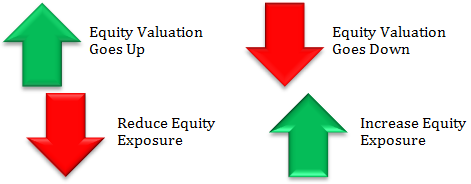
Table of Contents
Balance Sheet
What is a Balance Sheet?
A balance sheet is a financial statement that reports a company's assets, liabilities, and equity at a specific point in time. It provides a snapshot of a company's financial position, showing how much it owns (assets), how much it owes (liabilities), and the residual interest of the owners (equity) in the company. The balance sheet follows the fundamental accounting equation, which states that assets must always equal the sum of liabilities and equity. Therefore, the balance sheet is divided into two main sections: assets and liabilities and equity.
The assets section includes all the resources that a company owns, such as cash, accounts receivable, inventory, property, and equipment. The liabilities section includes all the debts and obligations that a company owes, such as accounts payable, loans, and Taxes payable. Finally, the equity section shows the residual value of the assets after all the liabilities have been paid, which represents the ownership interest of the company's shareholders.
A balance sheet is an important tool for assessing a company's financial health, liquidity, and solvency. By analyzing the trends and ratios derived from the balance sheet, investors, creditors, and other stakeholders can evaluate a company's ability to meet its financial obligations and generate returns.
Important Components of a Balance Sheet
The important components of a balance sheet include:
Assets: These are the economic resources that a company owns or controls and has the ability to generate future economic benefits. Examples include cash, accounts receivable, inventory, property, plant and equipment, and investments.
Liabilities: These are the financial obligations that a company owes to creditors and other third parties. Examples include accounts payable, loans, and Bonds.
Equity: This represents the residual value of a company's assets after deducting its liabilities. It includes common stock, preferred stock, retained Earnings, and other equity accounts.
Current assets: These are assets that are expected to be converted into cash or used up within one year, such as cash, accounts receivable, and inventory.
Non-current assets: These are assets that are not expected to be converted into cash or used up within one year, such as property, plant and equipment, and long-term investments.
Current Liabilities: These are obligations that are due within one year, such as accounts payable, short-term loans, and current portion of long-term debt.
Non-current liabilities: These are obligations that are due beyond one year, such as long-term loans and bonds.
Shareholders' equity: This is the residual interest in the assets of the company after deducting liabilities. It represents the owners' claim on the assets of the company.
By analyzing the components of a balance sheet, investors, analysts, and other stakeholders can evaluate a company's financial position and make informed decisions about Investing in or lending to the company.
Formula for Balance Sheet
The balance sheet adheres to the following equation, where assets on one side, and liabilities plus shareholders' equity on the other, balance out:
Assets = Liabilities + Shareholders' Equity
As you might expect from its name, a balance sheet has to balance. The sum of all the assets a company has must be equal to the sum of all liabilities plus Capital and reserves. The format of a Balance Sheet varies – sometimes assets are placed in one column and liabilities & equity in the other – but in KashFlow (known as capital and reserves in KashFlow), everything is shown in a single column.
Talk to our investment specialist
Example of Balance Sheet
Takeaways from Balance Sheet
A balance sheet has its own importance is understanding

a company's financial health.
Liquidity
Comparing a company's current asset to its current liabilities provides a picture of liquidity. Ideally, current assets should be greater than current liabilities so the company is able to cover its short-term obligations.
Rate of returns
Balance sheet along with income statement gives insights into how efficiently a company uses its assets. For instance, the working capital cycle shows how well a firm manages its cash in the short term.
Leverage
When you look at how a company is financed, it also indicates how much Financial Risk the company is taking. For example, comparing debt to equity is a common way of assessing leverage on the balance sheet.
All efforts have been made to ensure the information provided here is accurate. However, no guarantees are made regarding correctness of data. Please verify with scheme information document before making any investment.












